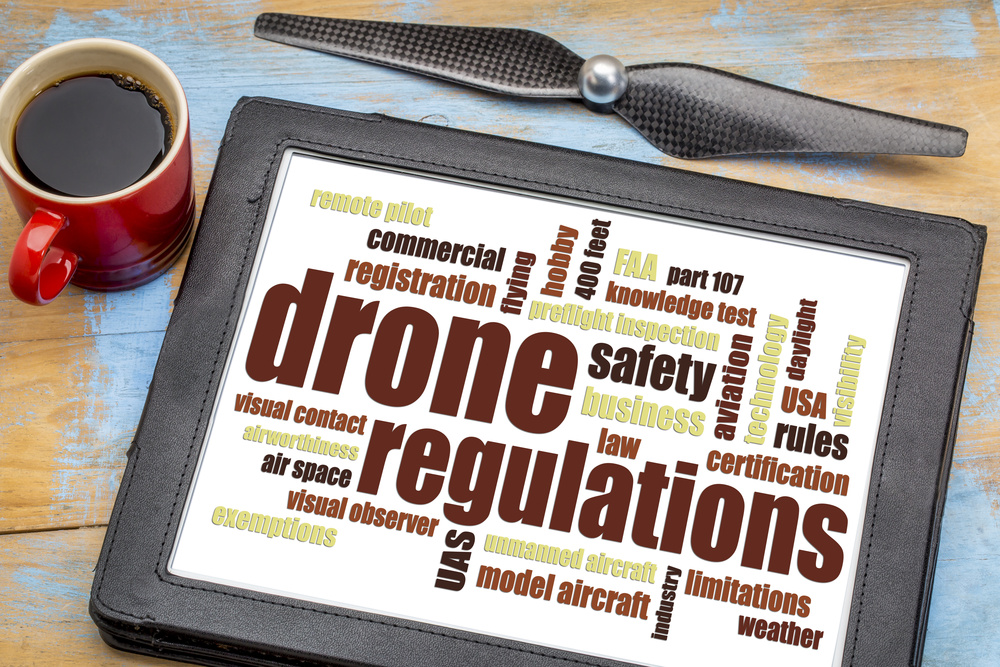
A Beginner’s Guide to Drone Rules and Safety in Tennessee
Welcome to the exciting world of drone flying. Whether you are interested in aerial photography, mapping, or simply enjoying the experience of flight, drones open up endless opportunities. But before you launch into the skies, it is essential to understand the rules that keep drone operations safe and legal.
This guide will cover the basic FAA regulations, flight restrictions, and safety practices every beginner should know.
Why Drone Regulations Matter
Drone rules exist to protect pilots, people on the ground, property, and controlled airspace. By following regulations, you avoid accidents, protect privacy, and help maintain a positive reputation for the drone community. Staying compliant also ensures you avoid legal trouble with the FAA.
Who Makes the Rules?
In the United States, drone regulations are governed by the Federal Aviation Administration (FAA). These rules apply whether you are flying recreationally, commercially, or for specialized work such as mapping or inspections. In Tennessee, local municipalities may also have additional restrictions, so it is important to review local guidelines before each flight.
Registering Your Drone
If your drone weighs more than 0.55 pounds (250 grams), you are required to register it with the FAA. Registration is a straightforward process and provides you with a unique identification number that must be displayed on your drone. This system ensures accountability and traceability in the event of an incident.
Drone Categories
Drones are classified into categories depending on their weight and purpose of use. Common categories include:
Recreational drones – for personal or hobby flying
Part 107 drones – for commercial purposes, requiring FAA certification
Special-use drones – typically larger or more advanced drones for industrial or research purposes
Knowing your drone’s category ensures you are following the correct regulations.
Where You Can and Cannot Fly
Some areas are restricted to protect public safety and national security. No-fly zones generally include:
Airports and heliports
Military bases
National parks
Stadiums and crowded events
In addition, FAA rules set altitude limits of 400 feet above ground level and require pilots to maintain visual line of sight with their drone at all times. The FAA’s B4UFLY app is a useful tool for checking restricted zones before flying.
Drone Safety Tips
To fly responsibly, follow these best practices:
Always keep your drone within visual line of sight
Respect privacy by avoiding flights over private property without permission
Perform pre-flight checks to ensure your drone is in proper working order
Check weather conditions and avoid flying in high winds, rain, or poor visibility
Stay away from people, animals, vehicles, and critical infrastructure
Learn emergency procedures to safely respond to unexpected situations
Gig City Drones: Safety and Professionalism
At Gig City Drones, safety is our top priority. Our FAA-certified pilots strictly follow all drone regulations, ensuring safe and compliant flights for every project. From real estate and roof inspections to construction mapping and commercial videography, we combine professional creativity with regulatory compliance.
Conclusion
Understanding and following drone rules is essential for safe, legal, and enjoyable flying. By respecting FAA regulations and practicing responsible piloting, you protect yourself, your equipment, and your community while still capturing exceptional aerial footage.
If you are ready to take your drone projects to the next level, contact Gig City Drones today. Our team delivers safe, professional aerial services across Chattanooga and Tennessee.

